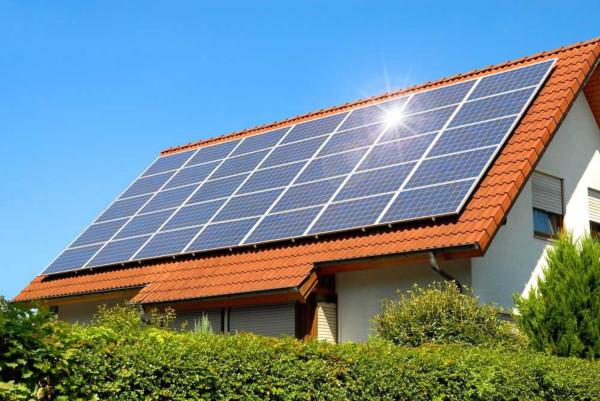Small country located in Western Europe, Luxembourg borders Germany (to the east), Belgium (to the west and north) and France (to the south), its territory has no outlet to the ocean. The official name is Grand Duchy of Luxembourg.
Its geographical position is extremely favorable for carrying out economic activities with the main European countries (Germany, France, Netherlands, Belgium). Luxembourg stands out as an international financial center, favored by political and economic stability.
The country has great economic development, receives foreign investments in the service sector and industry. Until the 1970s, the industrial sector was based on steel, however, this activity is in constant decline in the country. The financial sector, in turn, has been strengthening, accounting for 22% of the national Gross Domestic Product (GDP).
The local population enjoys an excellent social standard. Luxembourg, with an average of 0.852, occupies the 24th place in the world ranking of the Human Development Index (HDI), according to data published in 2010 by the United Nations (UN). Environmental sanitation services are provided to 100% of homes.

Coat of Arms of Luxembourg
Do not stop now... There's more after the advertising ;)
Luxembourg data:
Territorial extension: 2,586 km².
Location: Europe.
Capital: Luxembourg.
Climate: Oceanic temperate.
Government: Parliamentary monarchy.
Administrative division: 3 districts subdivided into 12 cantons.
Language: Luxembourgish (official), German, French.
Religion: Christianity 92.5% (Catholics 91.4%, others 1.1%), no religion and atheism 6%, others 1.5%.
Population: 486,184 inhabitants. (Men: 241,167; Women: 245,017).
Composition: Luxembourgers 69.7%, Portuguese 10.8%, Italians 5%, French 3.4%, Belgian 2.5%, German 2.2%, other 6.4%.
Demographic density: 188 inhabitants/km².
Average annual population growth rate: 1.1%.
Population residing in urban areas: 82.32%.
Population residing in rural areas: 17.68%.
Undernourished population: less than 5%.
Life expectancy at birth: 78.6 years.
Households with access to drinking water: 100%.
Households with access to a health network: 100%.
Human Development Index (HDI): 0.852 (very high).
Euro currency.
Gross Domestic Product (GDP): 54.3 billion dollars.
GDP per capita: $50,489.
External relations: World Bank, IMF, OECD, WTO, UN, NATO, EU.
By Wagner de Cerqueira and Francisco
Graduated in Geography
Brazil School Team
countries - geography - Brazil School

